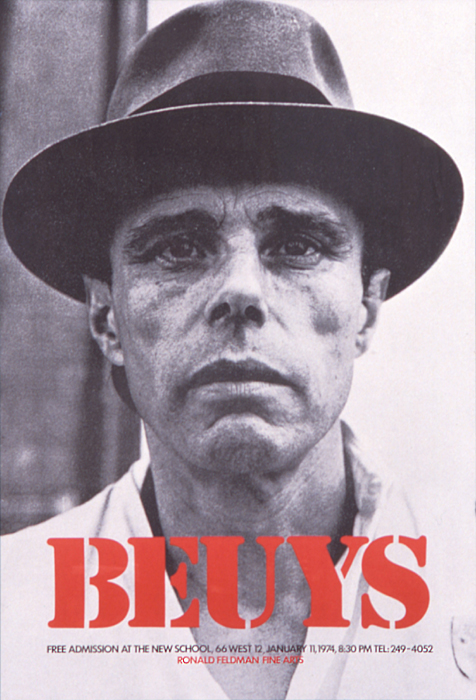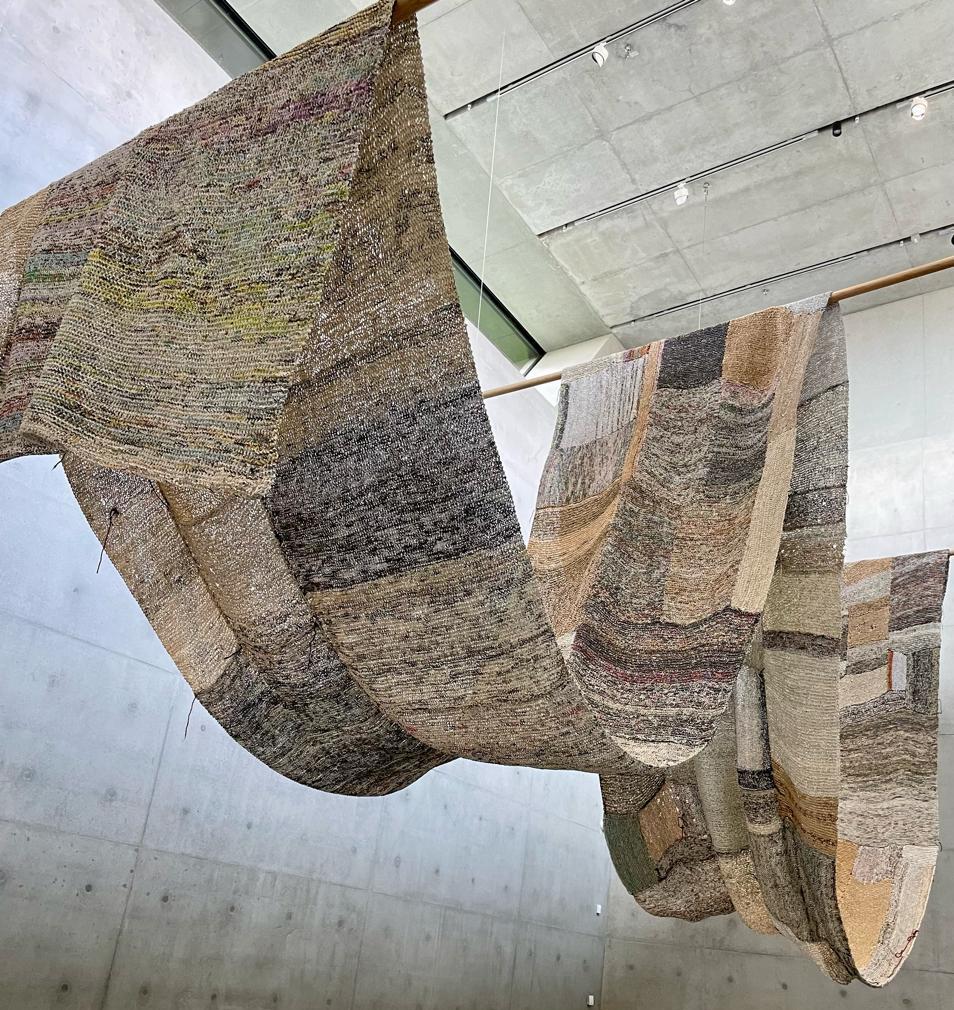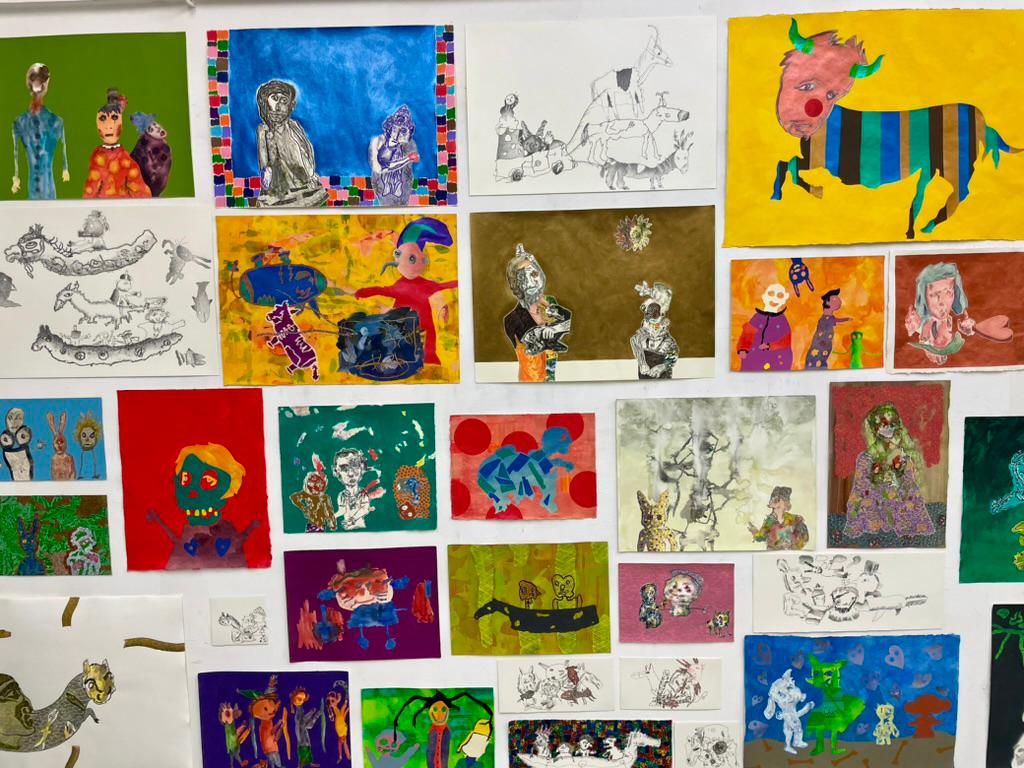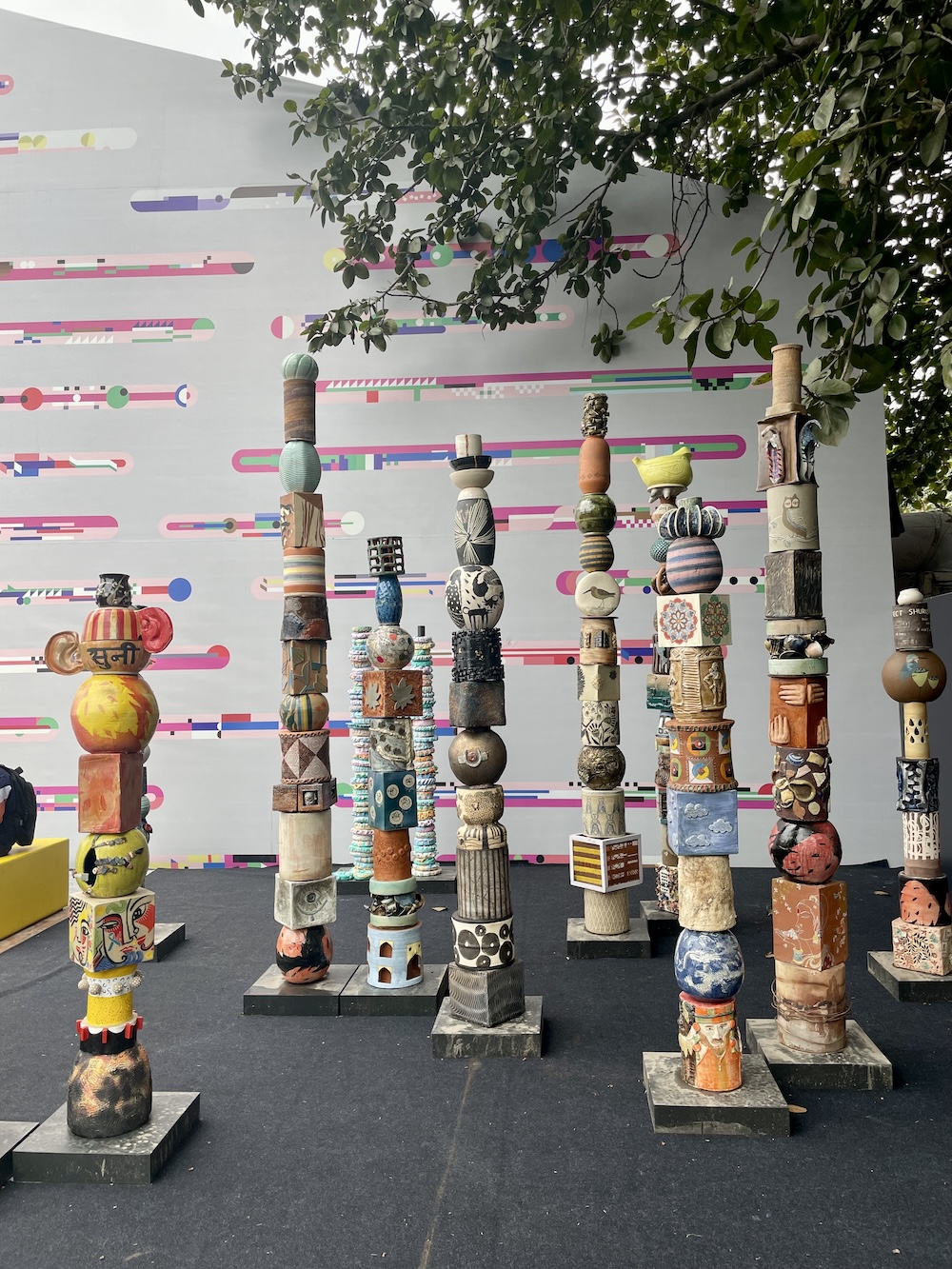The lean silhouette, topped by the felt-hat on a gaunt face and an overcoat, gave his whole appearance a box-like shape – Joseph Beuys is one of these artists that immediately evoke a phenomenology when thinking about them. Almost as if he represents a specific iconography, completed by the materials he used, and which became so emblematic of his whole oeuvre: felt, fat, stones, or wood. Although conceivably far away from Warhol, Beuys was an artist who understood early the mechanisms and mythmaking in the era of mass media and attention economy. The iconographical appearance flanked the anecdotal but still epic narration of his plane crash as a jet pilot in World War 2 and the subsequent care and nurture by Tartars on the Krim-Peninsula, baking in his biography and genesis of his art the materials which came to define him.
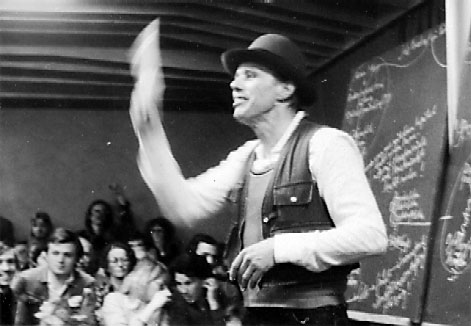
This airtight staging as an artist and mythical persona remains alive in Beuys today, even 100 years after his birth. He is the subject of countless articles, speculating whether he might be part of the conspiracy theorist movements or even a stepping-stone for right-wing agendas. One might put that in favor of him, as he created both art and public perception, which provided enough projection surface to continue to be relevant even beyond his death.
It might be true that he never openly thematized his relationship with the Nazi-Regime during the Third Reich in Germany and that the carefully crafted story of his salvation in the war might be nothing but the adventurous imagination of a young man disappointed by the war and the absence of heroic stories in the battlefield. Nevertheless, as with speculation, and more when the concerned person is dead, it is hard to pin anything down and remains on the brink of speculation. So, let us focus on his art and the ambitions he strived for in his works and society.
Like no other artist of his time, he changed the nature, materiality, and language of art, which led to his simultaneously shifting the boundaries and tasks of art and linking them to social processes and issues: thus, in his work, he dealt with questions of humanism, social philosophy, ecology, economics, and anthropology. For Beuys, his own life was working material. His expansion of the concept of art and the concept of social sculpture made him world-famous. Art, he said, should influence social, political, spiritual, and scientific levels and thus become an integral part of our thinking and behavior.
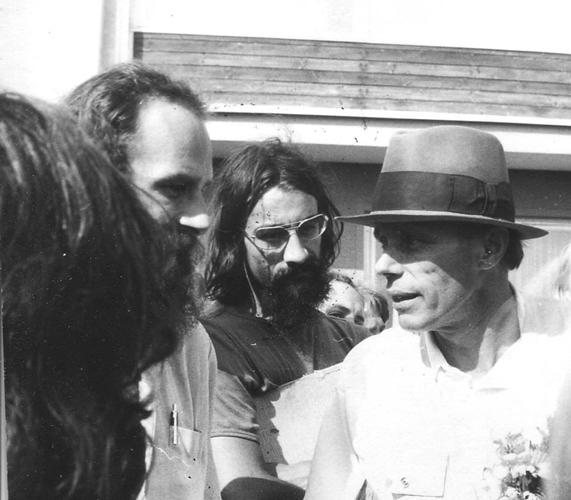
Underlying Joseph Beuys‘ art and way of thinking are questions such as „What does our thinking, feeling and will have to do with sculpture?“ or „Is art the only revolutionary force?“ and „Is the future a category of art?“
On the occasion of the 100th birthday, Steidl Verlag, with whom IAM Art Advisors shares a long friendship and cooperation, will publish a book at the end of May. It summarizes the extensive program that the state of North Rhine-Westphalia, where Beuys lived, has planned for the artist’s 100th birthday and what makes Beuys‘ works so explosive and highly topical even today. The publication pays tribute to his complex work and his international charisma and reveals the revolutionary potential of his thinking anew.

